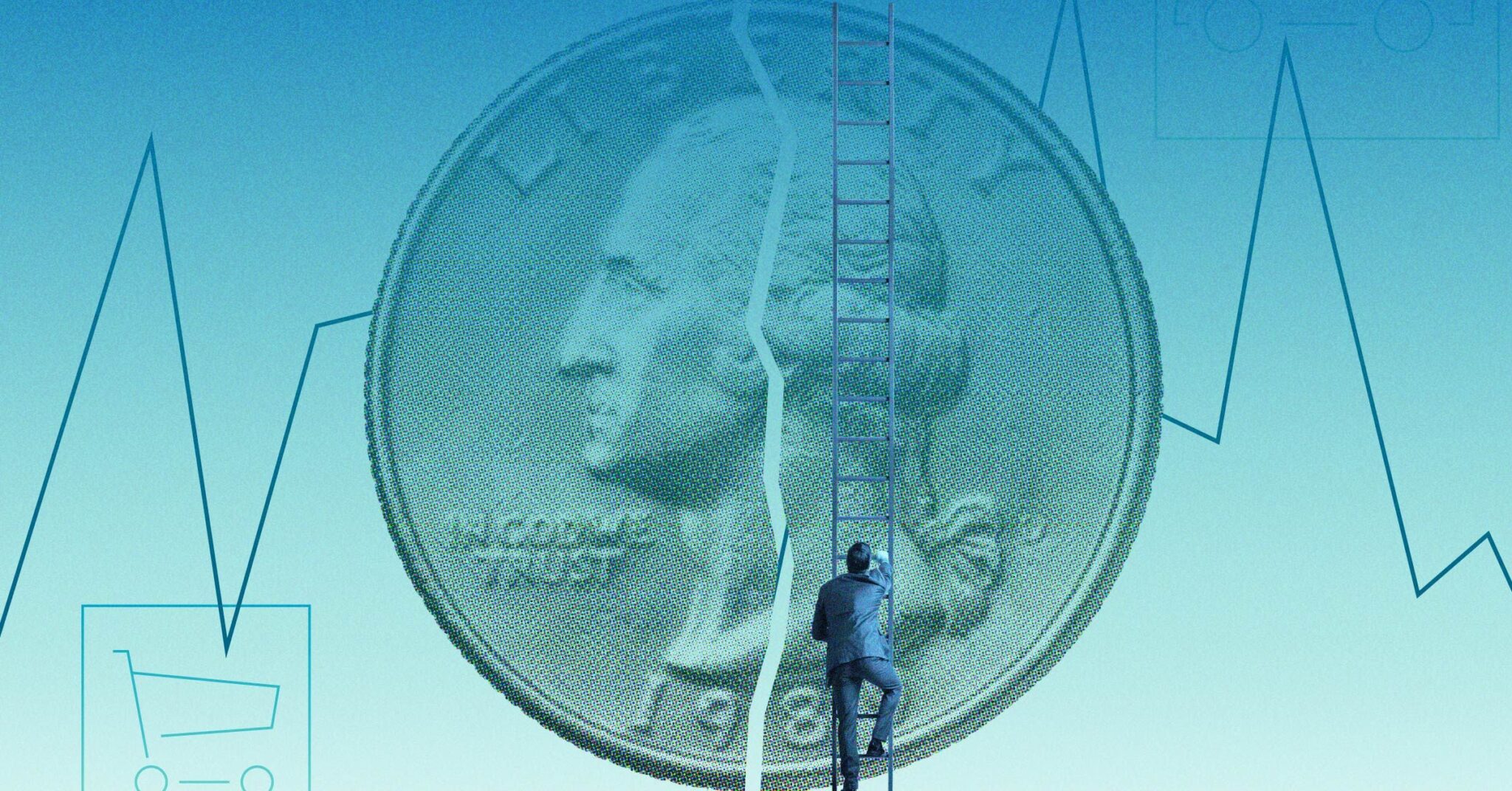In the latest twist of economic narratives, January’s jobs report emerged as a beacon of hope, defying Wall Street’s gloomy forecasts and painting a picture of a labor market pulsating with vigor. Yet, under the surface of robust hiring lies a disconcerting trend that may very well spell trouble for the retail industry, known for its direct correlation with economic pulses. This trend, as highlighted in a revealing Yahoo! Finance article, is the decline in average hours worked—a metric that signals potential storms ahead for the U.S. economy and, by extension, the retail sector’s battle with inventory shrinkage.
While the headline figures from the report suggest a labor market in full bloom, a closer examination reveals a nuanced story. The drop in average hours worked, as noted by Lakshman Achuthan of the Economic Cycle Research Institute, is akin to the ominous clouds that typically gather around a recession. Retail, a sector already navigating the choppy waters of shifting consumer behaviors, finds itself on the wrong end of this economic dichotomy. With average weekly hours dipping to 29.1 in January from 30.2 a year prior, according to the Bureau of Labor Statistics, the pressure on retail companies intensifies.
The industry’s giants, including Macy’s, Wayfair, Levi Strauss, and REI, have not been immune to these challenges, announcing significant job cuts in a bid to adapt to the evolving landscape. Levi Strauss’s CFO Harmit Singh’s admission of a pivot towards a direct-to-consumer model underscores the seismic shifts underway, necessitating a “leaner, more agile operating structure.” This transformation is echoed across the sector, with more than 5,300 retail jobs slashed in the year’s opening month, positioning retail as the third most affected industry, trailing only finance and tech in layoff announcements.
The turbulence doesn’t spare the c-suite either, with retail CEO turnover more than doubling in 2023 from the previous year, marking over 50 departures. This executive churn, as Catherine Lepard of Heidrick & Struggles suggests, signals a period of significant recalibration within the industry, as companies strive to “right the ship” amidst unprecedented disruption. This disruption, driven by e-commerce and technological innovation, has not only redefined the retail landscape but also stretched the gap between the industry’s victors and victims. The digital transformation, accelerated by the pandemic’s pressures, has left companies grappling for solutions in an economy that Morningstar’s David Swartz describes as “as tough as it’s ever been.”
The implications of these trends for the retail loss prevention community are profound. In an economy marked by uncertainty, the strain on a retailer’s inventory shrink line intensifies. Shrinkage, often a reflection of both internal and external pressures, is likely to see an uptick as businesses navigate the dual challenges of operational adjustments and a volatile consumer base. The decline in average hours worked not only signifies potential economic headwinds but also hints at a shift in hiring practices that could affect loss prevention strategies. With fewer hours on the clock, the onus on efficient, effective loss prevention measures becomes paramount.
Moreover, the sector’s job cuts and executive turnover underscore a broader theme of transformation and uncertainty within the retail industry. These changes, while unsettling, also present an opportunity for innovation and adaptation. For loss prevention professionals, this means recalibrating strategies to align with the new realities of retail—embracing technological solutions, refining operational efficiencies, and fostering a culture of resilience and agility.
As we sail through these uncertain times, the retail industry stands at a crossroads, challenged by economic indicators and transformative shifts in consumer behavior. For those of us working in loss prevention, the goal is straightforward: to handle these difficult times with planning, flexibility, and a strong focus on protecting profits. Though the path may be tough, it also offers opportunities for new ideas and improvements, even when things get hard.


